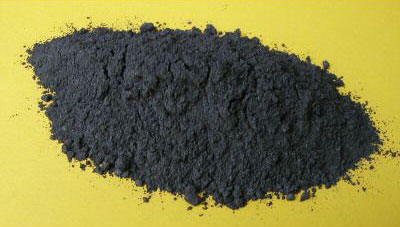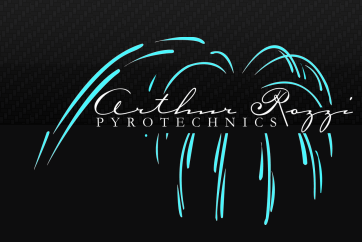 I am frequently asked about the science of fireworks by students who wish to make fireworks the subject for their school projects. It is a fascinating subject and excellent for studying chemistry. The most common question I have always been asked is, “what chemicals make the colors in fireworks.” The answer is the color of fireworks is actually produced by burning elements. If you have ever taken a chemistry class, you might have performed a flame test. The flame test is used to visually determine the identity of an unknown metal or metal ion based on the characteristic color the salt turns the flame of a bunsen burner. The heat of the flame excites the electrons of the metals ions, causing them to emit visible light. Every element has a signature emission spectrum that can be used to differentiate between one element and another. In making fireworks, we use this characteristic nature of chemicals to produce our colors. Strontium compounds produce red, sodium and iron produce yellow, magnesium and aluminum produce bright white, barium salts produce green and copper compounds produce blue. These color producing compounds are mixed with oxidizers, fuels, binders and color enhancers to produce the burning “Stars,” that you see in fireworks. The most common fuels we use are charcoal, aluminum and red gum. Oxidizers, like potassium nitrate and potassium perchlorate, provide the oxygen needed to burn the fuel and binders, like dextrin, hold the mixture together. These chemical mixtures are well – blended in order to make a consistent, homogeneous mix. They are then wet and either rolled into little balls or pressed into cylindrical shapes and dried. In order to insure that they ignite well, they are coated with a black powder prime and then they are ready to be packed into a firework shell, mine or many other types of effects.
2 Comments
Leave a Reply. |
ARPInfo about all things pyrotechnics! fireworks-display-friendly-preferred-wedding-reception-venues.html |

Contact Us - 513-583-1834
Arthur Rozzi Pyrotechnics fireworks company in Cincinnati, designs and produces fireworks displays for all different types and sizes of events in Southern Ohio, Southeast Indiana and Northern Kentucky and for all budgets.